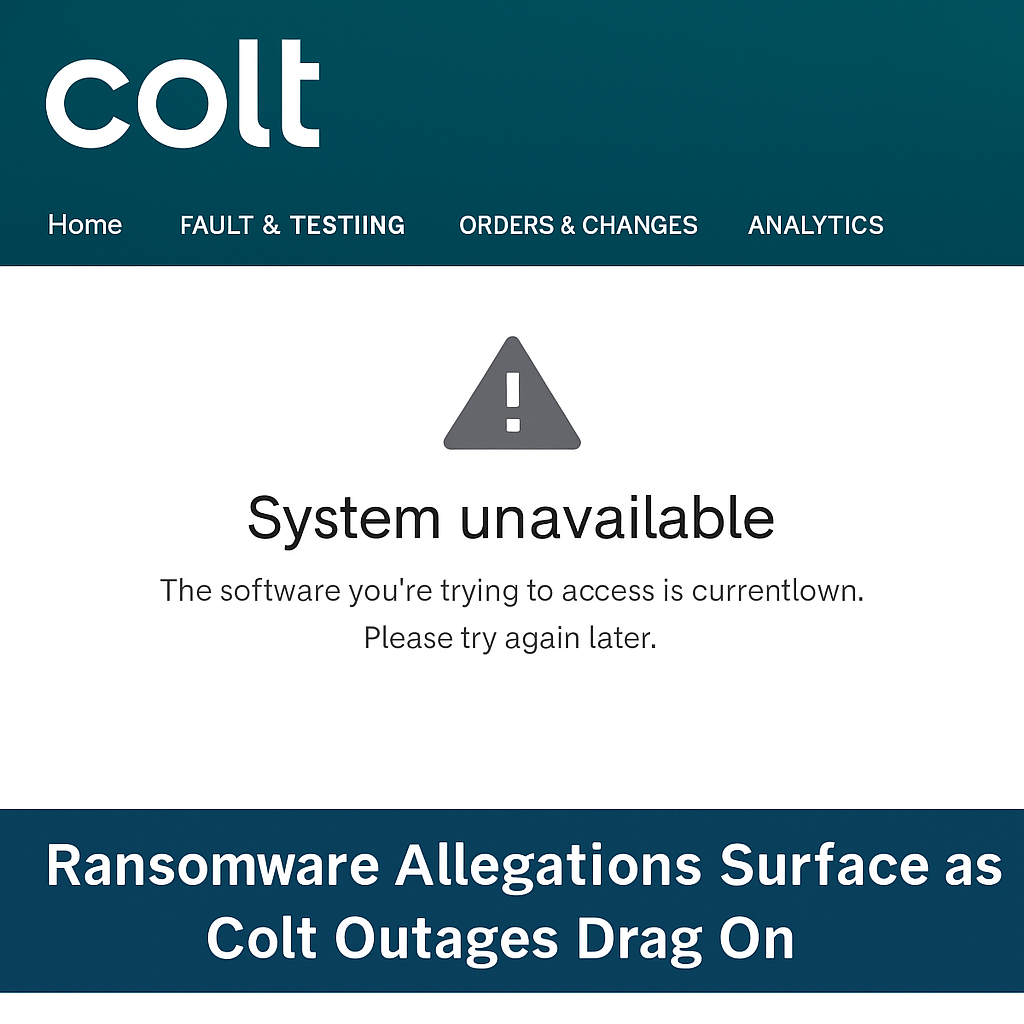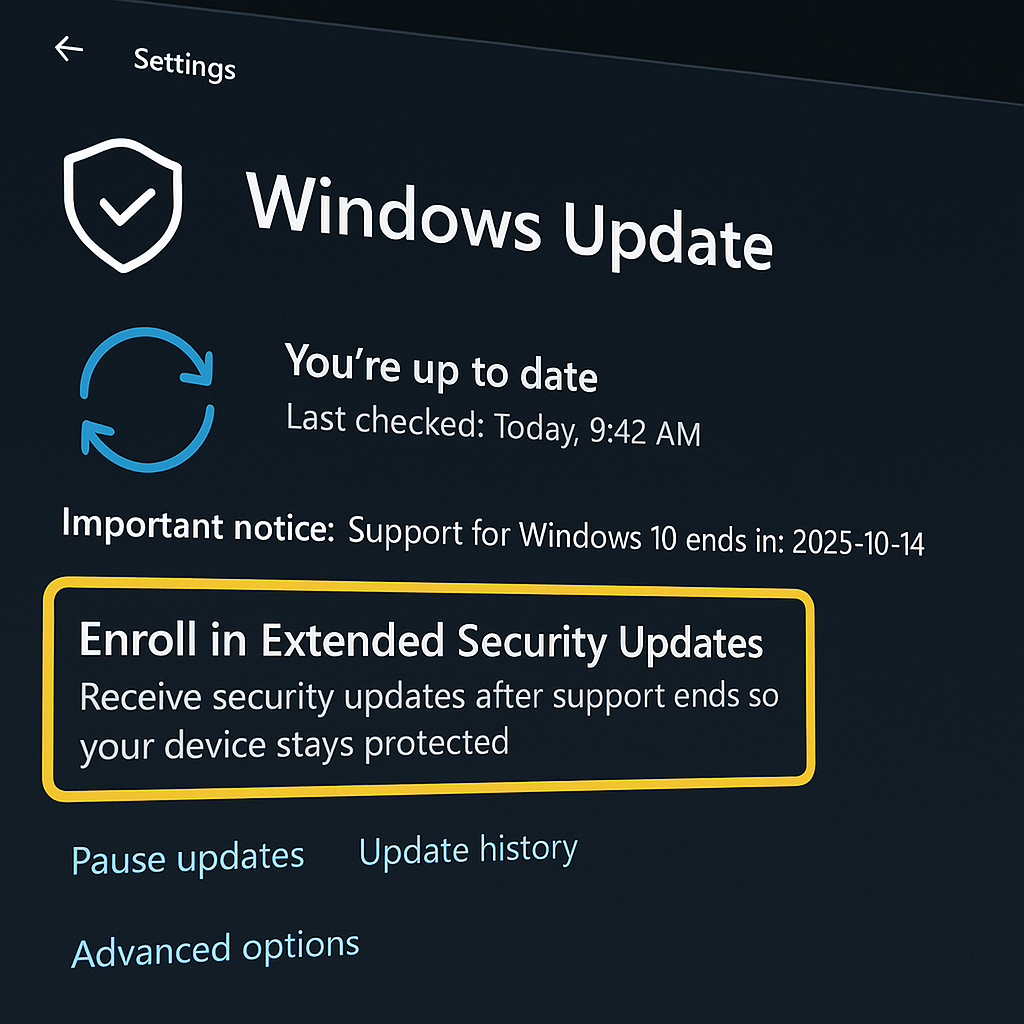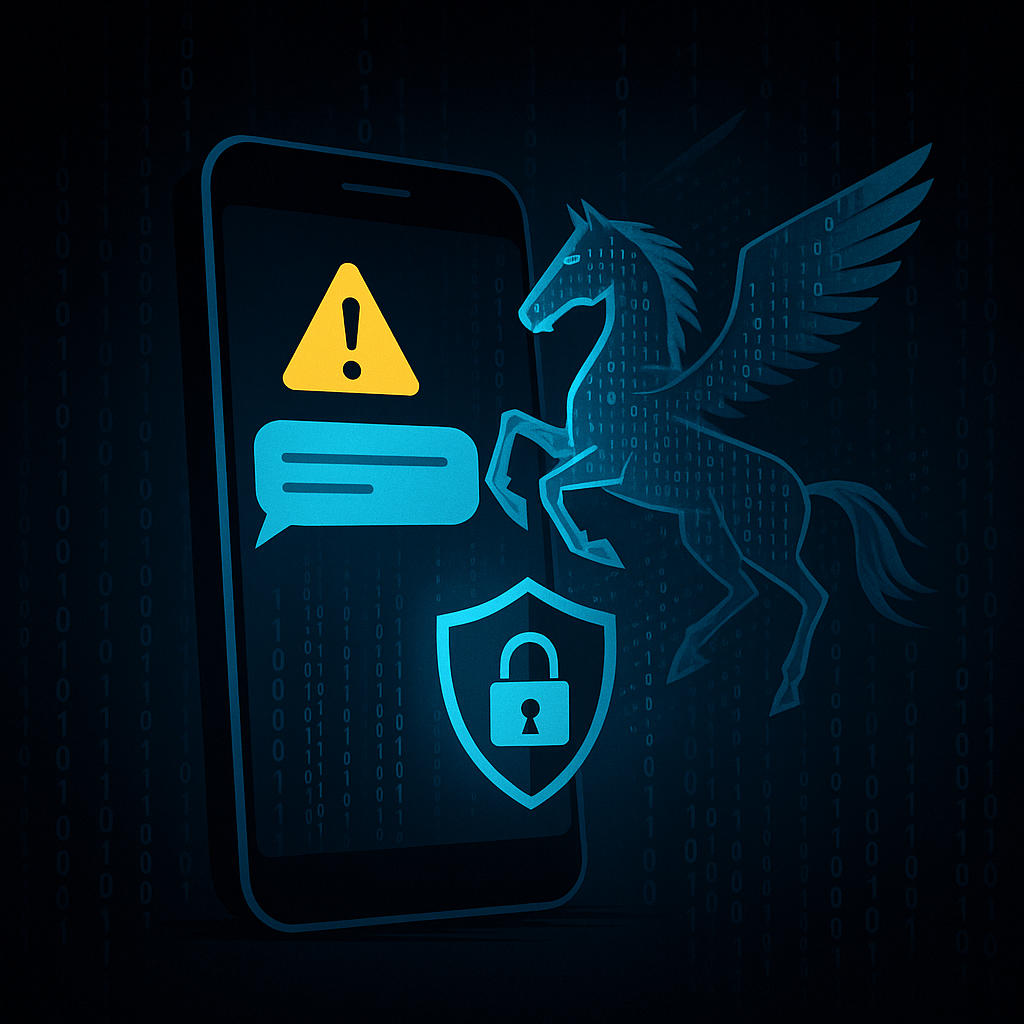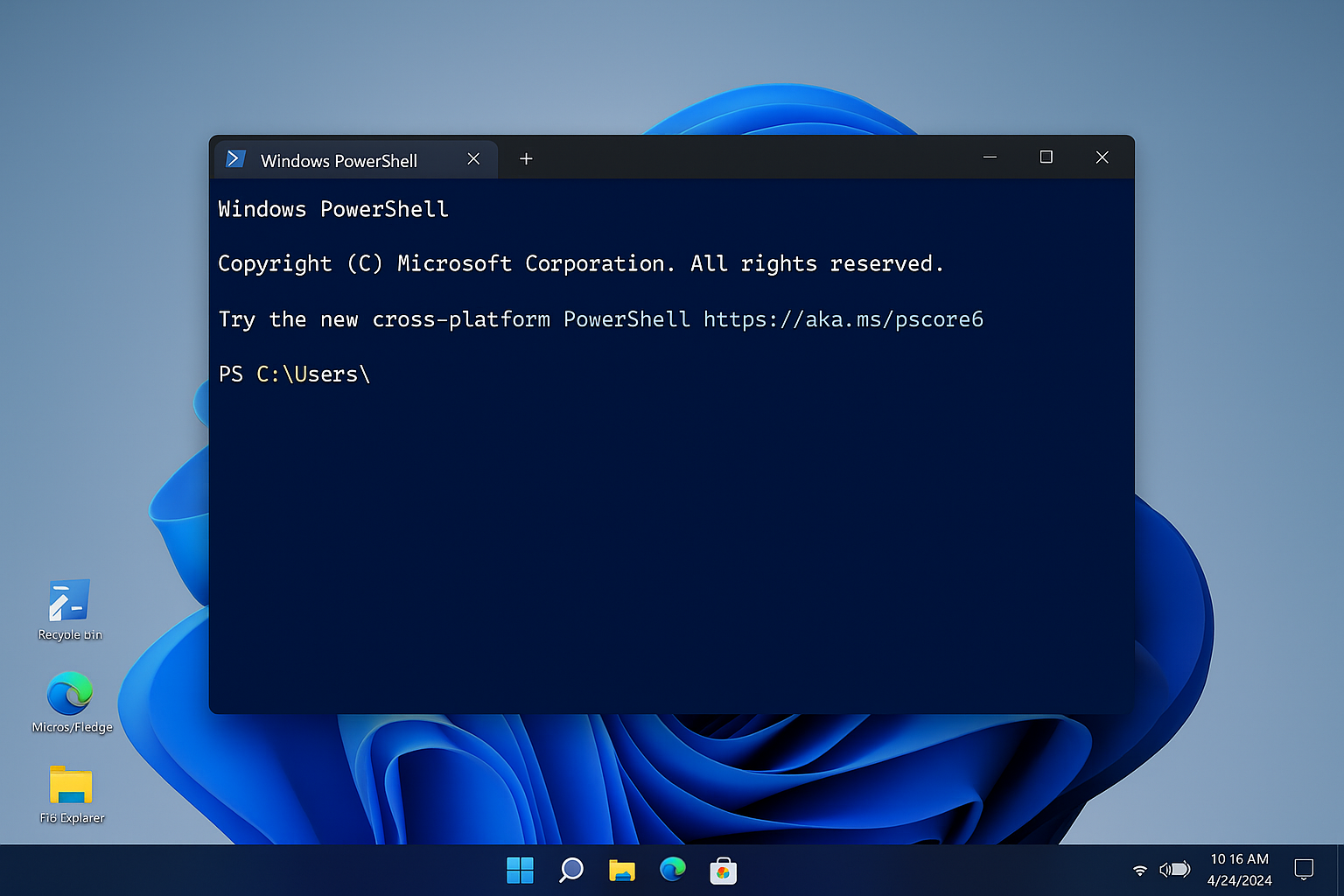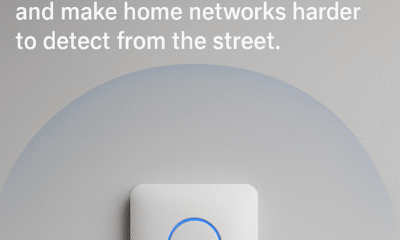Blog
Stuxnet: The Cyberweapon That Transformed Modern Warfare
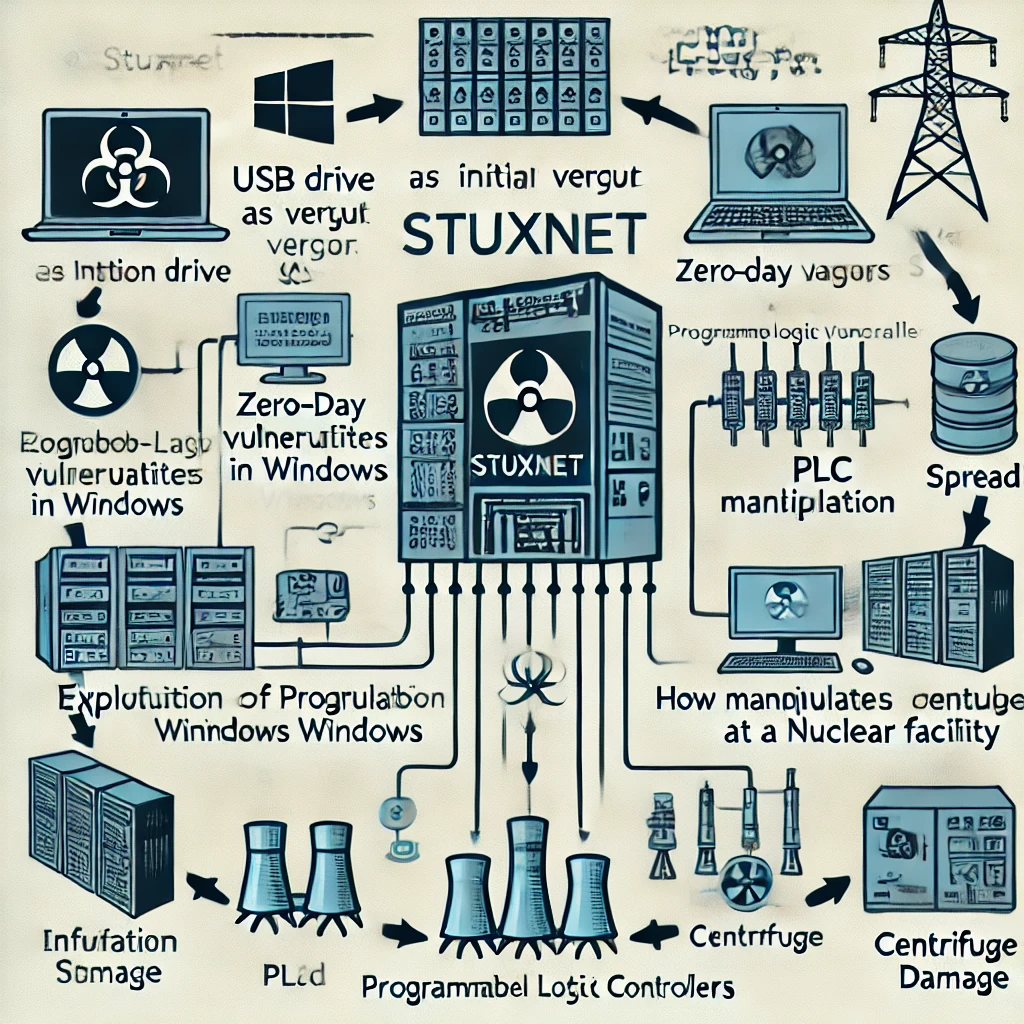
Stuxnet, widely considered the world’s first true cyberweapon, was a groundbreaking computer virus that disrupted Iran’s nuclear enrichment facilities in 2009. Developed by the United States and Israel under a covert operation known as Operation Olympic Games, Stuxnet represented a significant escalation in cyber warfare, causing actual physical damage through a digital attack. Its creation marked the beginning of an era where cyberweapons could directly influence global geopolitics, raising critical questions about security, ethics, and the implications of digital warfare.
The Creation of Stuxnet
The story of Stuxnet began in 2007, when it was developed to target Iran’s nuclear facilities, particularly those at Natanz, where centrifuges were being used to enrich uranium. The goal was to sabotage Iran’s nuclear program without resorting to traditional military strikes. The malware was first deployed around 2009 and went undetected for over a year, causing substantial damage to the uranium enrichment process.
Stuxnet was not an ordinary piece of malware—it was a sophisticated tool designed to exploit vulnerabilities in both software and hardware. The United States and Israel collaborated to craft Stuxnet to disrupt and damage Programmable Logic Controllers (PLCs), which are critical in controlling industrial equipment. Specifically, it targeted Siemens PLCs, which were responsible for managing the centrifuges used to enrich uranium at Natanz.
The Technical Mechanics of Stuxnet
Stuxnet’s success lay in its sophisticated attack methodology. Below are the key technical elements that allowed Stuxnet to infiltrate and damage its target:
- Initial Infection Vector: Stuxnet spread initially through USB drives—a method known as an “air-gap jump.” The use of infected USB drives allowed Stuxnet to bypass isolated systems that were not connected to the internet. This was crucial since the systems controlling Iran’s nuclear centrifuges were air-gapped, meaning they were physically isolated from any external networks.
- Exploitation of Zero-Day Vulnerabilities: Stuxnet leveraged multiple zero-day vulnerabilities in Windows operating systems to infiltrate and propagate itself. A zero-day vulnerability refers to a security flaw that is unknown to the vendor, making it particularly dangerous as there is no available patch to prevent exploitation. These vulnerabilities allowed Stuxnet to escalate its privileges on infected systems, giving it administrative control and making it possible to move across networks undetected.
- Targeting Industrial Control Systems: Once Stuxnet infiltrated a target network, it specifically sought out systems running Siemens Step 7 software, which is used to program PLCs. The PLCs controlled the centrifuges, and Stuxnet injected malicious code into these PLCs. It manipulated the centrifuge rotation speeds—sometimes increasing and sometimes decreasing their speed—until they were damaged beyond repair, all while feeding false data to operators, making it difficult to detect the sabotage.
- Physical Damage: The attack was so well-orchestrated that the centrifuge operators were unaware that the hardware was malfunctioning due to a cyberattack. Stuxnet managed to destroy nearly one-fifth of Iran’s nuclear centrifuges, severely setting back their nuclear program. The malware caused the centrifuges to spin at extreme speeds, leading to mechanical failures that took months to diagnose.
Stuxnet’s Discovery and Impact
Stuxnet was discovered in 2010 by cybersecurity experts when anomalies began appearing in industrial systems globally. Analysts from companies like Symantec spent months unraveling the malware, only to discover that it was unlike anything they had ever seen before. Stuxnet was not designed to steal data or encrypt files—it was meant to destroy physical infrastructure, effectively merging the digital and physical realms.
The revelation of Stuxnet had profound implications for global security:
- Cyber Warfare: Stuxnet was the first known instance of a state-sponsored cyberattack causing physical damage, highlighting the reality that cyber tools could be used to carry out acts of war without firing a single bullet. It demonstrated how malware could target critical infrastructure, raising alarms worldwide about the vulnerability of utilities, factories, and essential services.
- Pandora’s Box of Cyber Weapons: Stuxnet effectively “opened Pandora’s box.” The knowledge of how to craft sophisticated malware targeting industrial systems became public, setting a dangerous precedent. It inspired other state and non-state actors to develop their own cyber capabilities, potentially setting the stage for future conflicts.
- Security of Critical Infrastructure: The attack on Iran’s nuclear facilities underscored the vulnerabilities in critical infrastructure globally, prompting countries to reevaluate their cybersecurity defenses. Stuxnet’s capabilities revealed that even systems believed to be secure due to their physical isolation could be compromised.
Ethical and Geopolitical Implications
The deployment of Stuxnet raised significant ethical and geopolitical questions. The decision to unleash a cyberweapon with the potential to cause widespread physical damage set a dangerous precedent. Kim Zetter, an award-winning cybersecurity journalist, and author of “Countdown to Zero Day,” has pointed out that Stuxnet essentially normalized the use of cyber tools to carry out attacks on critical infrastructure, eroding the moral high ground that the U.S. could have held in urging other nations not to engage in cyber warfare(
Stanford CISAC)(VICE).
Moreover, there is a certain irony in using a digital weapon to prevent the proliferation of nuclear weapons. In trying to stop one form of mass destruction, Stuxnet potentially ushered in a new era of digital warfare capable of causing massive disruptions on a global scale.
Technical Illustration of Stuxnet
The diagram provided above illustrates the architecture of the Stuxnet attack. It shows the infection process starting with the USB vector, exploiting zero-day vulnerabilities, propagating through networks, and ultimately targeting the PLCs that controlled Iran’s uranium enrichment centrifuges. Key components of the attack, such as the manipulation of industrial control systems (ICS) and the stages of infiltration, propagation, and physical damage, are depicted to show how Stuxnet transitioned from a digital threat to causing real-world destruction.
Conclusion
Stuxnet was a game-changer in the realm of cybersecurity and international conflict. It blurred the lines between digital attacks and physical warfare, showing how nations could wage war without direct physical confrontation. The attack’s success and the subsequent public revelation of its methods highlighted both the potential and dangers of cyber weapons.
Today, Stuxnet stands as a landmark event that heralded the era of cyber warfare. It has prompted governments and organizations worldwide to take cybersecurity more seriously, especially concerning critical infrastructure. As the digital landscape continues to evolve, Stuxnet serves as both a warning and a case study of the power and risks of cyber capabilities in modern warfare.
Blog
Morocco Sets Sights on 70% 5G Coverage by 2030 With New License Launch

RABAT — July 26, 2025
In a landmark step toward digital transformation, Morocco’s National Telecommunications Regulatory Agency (ANRT) has officially launched the bidding process for 5G licenses, inviting national and international telecom operators to help deliver 25% population coverage by 2026 and 70% by 2030.
5G Strategy to Power FIFA World Cup and Beyond
The initiative aligns with Morocco’s preparations to co-host the 2030 FIFA World Cup and its broader Maroc Digital 2030 agenda. “This is about more than faster networks—it’s about our national future,” said Driss El Yazami, policy advisor at the Ministry of Digital Transition.
Highlights of the 5G Deployment Plan
- Initial rollouts in Casablanca, Rabat, Marrakech, and Tangier
- Smart infrastructure integration in stadiums and airports
- Spectrum allocation in 3.5GHz and mmWave bands
- Coverage expansion to underserved rural regions
From Urban Startups to Rural Farmers: 5G’s National Reach
5G is expected to revolutionize Moroccan society. Students will gain access to virtual classrooms, remote clinics will offer telemedicine, and farmers can deploy smart sensors. “Connectivity is empowerment,” said Amina El Mahdi, a tech entrepreneur in Fez.
Economic Impact and Cybersecurity Measures
The Ministry of Finance predicts 5G will boost GDP by 1.5% by 2030. All operators must meet strict cybersecurity, data localization, and interoperability standards monitored by ANRT and the National Cybersecurity Directorate.
2030 World Cup: Smart Stadiums and Global Broadcasts
With over 1.5 million visitors expected, 5G will support crowd management, mobile ticketing, HD broadcasts, and fan engagement zones across Moroccan host cities.
5G infrastructure being deployed in Morocco’s major cities ahead of FIFA 2030.
Blog
Critical Cyber Breach in Tunisia: Government Systems and Banks Hacked, Confidential Data for Sale

A coordinated cyberattack led by Moroccan hacker Jokeir 07x and groups Dark Hell 07x and Dr. Shell 08x compromises key Tunisian institutions, exposing government systems, banking infrastructure, and personal data to global exploitation.
Tunis, July 2025 — In an alarming escalation of cyber threats across North Africa, Tunisia has become the latest victim of a highly organized and devastating cyberattack. Orchestrated by Moroccan threat actor Jokeir 07x, in partnership with the groups Dark Hell 07x and Dr. Shell 08x, the operation has compromised critical national infrastructure—from government domains to private financial institutions.
“This is not just a defacement campaign—it’s full infrastructure penetration,” declared Jokeir 07x on Telegram.
The targets include the Ministry of Finance, Bank of Tunisia, BTK, and the Tunisian Academy of Banking and Finance, among others. The attackers claim full access to internal systems, including emails, financial records, developer platforms, and sensitive citizen data.
🏛️ Government Domain Breached: Ministry of Finance
The domain finances.gov.tn was infiltrated through 16 high-risk subdomains such as auth., gitlab.intra., mail., and login-tej. According to hacker statements, these allowed access to:
- Internal recruitment systems
- Budgetary information
- Developer repositories
- Administrative emails
This level of penetration indicates control over Tunisia’s digital authentication infrastructure and DevOps environment, raising severe concerns for national cybersecurity.
🏦 Banking Sector Compromised and Data Sold
Several banks were also impacted:
- Bank of Tunisia (bt.com.tn):
- Full customer database allegedly available for $4,000
- Individual bank accounts offered at $100
- 5-account bundles sold for $450
- BTK Bank (btknet.com) and Academy of Banking and Finance (abf.tn) also suffered complete breaches, including control over the sites and underlying systems.
The incident signals not just a data breach but the active commercialization of sensitive financial information on the dark web.
🔍 Technical Breakdown: How It Happened
Cybersecurity analysts have pointed to multiple failure points within Tunisia’s digital infrastructure:
- Web Application Vulnerabilities:
- SQL Injection
- File Upload flaws
- XSS
- Remote File Inclusion (RFI)
- SSO and Mail System Exploitation:
- Session hijacking likely
- Weak session/cookie management
- GitLab Exposure:
- Unauthorized access to internal GitLab revealed API tokens, credentials, and system architecture
- Lack of Security Infrastructure:
- No evidence of WAF, IDS, or SIEM defense
- No active monitoring or response systems
- Inadequate Data Protection:
- Absence of encryption, data masking, or tokenization
- Entire banking datasets available in plain text
⚠️ The Fallout: Trust, Security, and Reputation
This attack lays bare the vulnerabilities in Tunisia’s cyber defenses, damaging public trust in both government institutions and the banking sector. The country’s financial and administrative data has now surfaced on international black markets, with potential long-term repercussions for national security and economic stability.
💡 Urgent Recommendations for Recovery and Reform
Cybersecurity professionals are urging Tunisia to immediately:
- Establish internal SOC (Security Operations Centers)
- Mandate routine penetration testing
- Enforce multi-factor authentication (MFA)
- Implement end-to-end data encryption
- Audit and secure GitLab instances
- Conduct staff training on social engineering threats
- Deploy real-time code and data monitoring
“Being hacked is not the shame—failing to learn from it is,” noted a Tunisian cybersecurity analyst. “The future belongs to those who invest in digital resilience, not legacy infrastructure.”
Blog
Cloud Wars 2025: Full Breakdown of Azure, AWS, and Google Cloud Services You Need to Know
As cloud computing reshapes digital infrastructure, this side-by-side comparison of services across Microsoft Azure, Amazon Web Services (AWS), and Google Cloud Platform (GCP) empowers IT professionals and organizations to make informed decisions.
Cloud Wars: Breaking Down the Giants
In today’s digital-first world, cloud computing isn’t just a trend—it’s the backbone of enterprise IT. Whether you’re a startup deploying an app or a global corporation migrating legacy systems, choosing the right cloud provider can make or break your operations. A newly circulated Cloud Services Comparison Cheatsheet provides an invaluable visual breakdown of offerings from Microsoft Azure, Amazon Web Services (AWS), and Google Cloud Platform (GCP), the three dominant players in the cloud arena.
Technical Deep Dive: Key Service Categories Compared
This infographic categorizes over 25 essential cloud services and maps each across Azure, AWS, and GCP equivalents. Here’s what stands out:
1. Compute Services
- Azure: Virtual Machines
- AWS: EC2 (Elastic Compute Cloud)
- Google Cloud: Compute Engine
These services provide scalable virtual server environments, with options for predefined or custom machine types. Azure and AWS offer more mature ecosystems with hybrid cloud integrations, while GCP emphasizes fast boot times and sustained-use discounts.
2. Object Storage
- Azure Blob Storage
- Amazon S3
- Google Cloud Storage
All three services allow you to store large amounts of unstructured data. AWS S3 is known for its advanced features (like S3 Glacier), while Azure Blob integrates well with Microsoft services, and GCP offers multi-regional redundancy by default.
3. Serverless Computing
- Azure Functions
- AWS Lambda
- Google Cloud Functions
Serverless solutions allow developers to execute code without managing servers. AWS Lambda leads in ecosystem maturity, while Azure and Google offer solid integrations with their respective developer tools.
4. Content Delivery Networks (CDNs)
- Azure CDN, AWS CloudFront, and Google Cloud CDN
All three platforms offer global distribution of content to reduce latency. AWS CloudFront is widely adopted in large-scale enterprise environments, while Google leverages its backbone network to deliver high-speed content.
Security & Identity Management
Cloud security remains a priority as data breaches and compliance requirements escalate.
- Identity and Access Management (IAM) is offered across platforms with Azure Active Directory, AWS IAM, and Google Cloud IAM.
- Key Management Services (KMS) ensure secure handling of encryption keys across all three.
- Compliance tools like Azure Trust Center, AWS Cloud HSM, and Google Cloud Security help enterprises adhere to global regulations like GDPR, HIPAA, and ISO/IEC.
Specialized Services: AI, Containers, and Analytics
- Analytics: Azure Stream Analytics, Amazon Kinesis, and Google Dataflow enable real-time data processing.
- Containers: Azure Kubernetes Service (AKS), Amazon EKS, and Google Kubernetes Engine (GKE) support modern container orchestration.
- Automation: Each provider supports automation—Azure with Azure Automation, AWS with OpsWorks, and GCP with Deployment Manager.
Notable Differences
Some categories reveal gaps:
- Google Cloud lacks direct equivalents for services like DNS management (Route 53, Azure DNS) or cloud notifications (AWS SNS, Azure Notification Hub).
- Azure leads in hybrid cloud features due to its integration with Windows Server and on-prem tools.
- AWS offers the broadest service portfolio, making it ideal for complex multi-cloud or global enterprise setups.
-

 data breaches6 days ago
data breaches6 days agoALERT – Stop What You’re Doing & Update WinRAR Now
-

 data breaches4 days ago
data breaches4 days agoHackers Claim Full Network Takeover at Royal Enfield
-

 data breaches7 days ago
data breaches7 days agoLeaked Logins Are the New Zero-Days—Here’s How Attackers Exploit Them
-
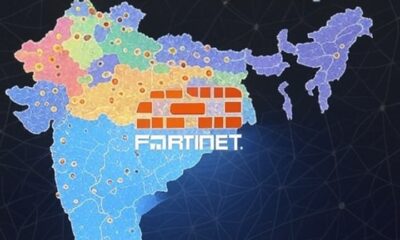
 data breaches5 days ago
data breaches5 days agoFrom VPN to FortiManager: Attack Pattern Suggests Preparation for New Exploit
-

 data breaches3 days ago
data breaches3 days agoPennsylvania AG’s Website, Email Taken Down in Security Incident
-

 International6 days ago
International6 days agoFrom Rabat to the Sahel: Moroccan Builders Lead Africa’s Largest Road Project
-

 International7 days ago
International7 days agoEspionage in the Maghreb: Algerian-Spanish Deal to Counter Morocco Unearthed
-

 business7 days ago
business7 days agoBitcoin’s $121K Breakout Signals a New Era of Institutional Adoption

